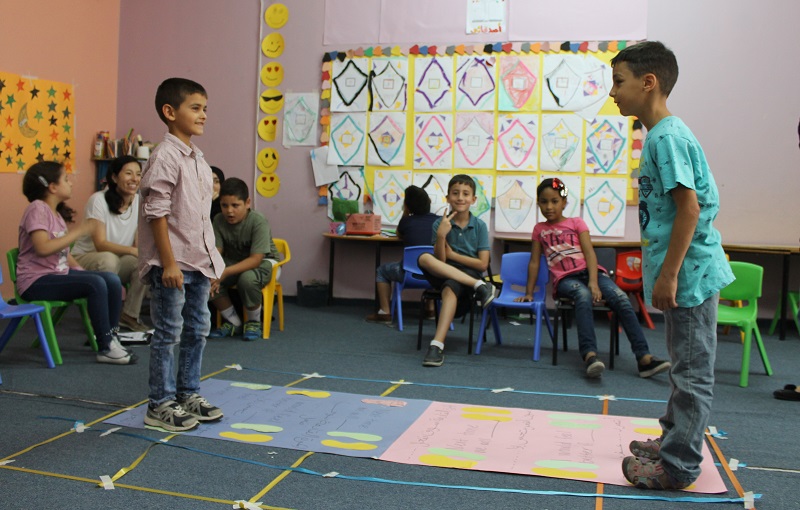Walking the Peace Path
“Use your words.” It’s a phrase I heard countless times as a kid, and one that naturally slipped into my vocabulary as an adult. Yet after the first few weeks of teaching an energetic class of second graders at TYO, I started to feel like a broken record repeating this adage of the past. Every accidental nudge, misunderstanding, or interpersonal issue snowballed into a larger conflict my team would need to mediate, and encouraging students to “use their words” often resulted in further demands or accusations, or at best, halfhearted apologies. We were quickly being drained of time and energy, and most concerningly, unsure that our efforts would empower students to handle their own conflicts in the future.
I soon realized that just telling my students to use their words was not making a difference – it was how they used their words that counted. At our next class meeting, we introduced the “Peace Path” to our students, who were immediately interested in the colorful posters and couldn’t wait to jump onto the attached footprints. Acting out scenes that happened in our class regularly—trying to cut another student in line, not wanting to share toys, etc.—we role-played using the Peace Path to solve our problem. With one person standing on each end of the poster, we walked through the three stages of the Peace Path until both parties met in the middle.
The Peace Path creates a structure to facilitate dialogue, opening up participants to focus solely on listening. The first step asks both parties to share, “I felt ______ when ______.” Sharing feelings is a critical stage to support students in emotional regulation as well as in developing empathy. The second step asks both parties to share, “I would feel better if _________.” This stage encourages open problem-solving. At the next stage, parties reach a mutual agreement about the solution they will implement by stating, “Next time we will _______.” After our role play, we invited students to join us in modeling the three steps.
The following day, almost every students’ hand was in the air ready to offer up a conflict scenario or participate in another role play of the Peace Path. By practicing using the Peace Path with conflicts they themselves had experienced, both at home and at school, students were equipped with a guide toward conflict resolution that still allowed for freedom of expression. Additionally, teachers and volunteers in the classroom could now bring students to the Peace Path whenever they experienced a conflict, or invite students to use it independently depending on the situation, empowering students to solve problems themselves as opposed to relying on the presence of an adult.
Some of the greatest learning moments in our class were when students would get “stuck” in their role plays—with neither person able to come up with a fitting solution. These were the times we would seek solutions together, and students broadened their understanding of creative paths forward from conflict. One student role played a conflict he had with his father about not being allowed to go to the swimming pool because of his behavior. He practiced constructive ways of problem solving with a fellow student playing the role of his father, and sure enough, the following week he reported he was successful in negotiating a day to the swimming pool.
More importantly than just possessing the tools, students started to see the tangible benefits of “using their words,” and feeling confident in their abilities to do so. My team and I no longer felt like we were scratching the surface—our students were our equals in navigating the conflict resolution process. After a summer of walking the Peace Path, our second graders realized they didn’t need settle after conflicts; they could trailblaze the path to peace.
- Marissa, Summer 2019 International Intern


